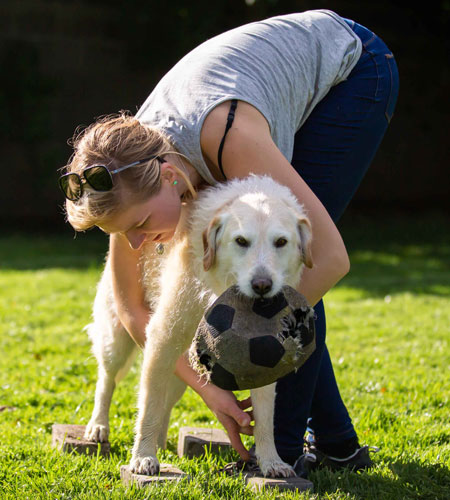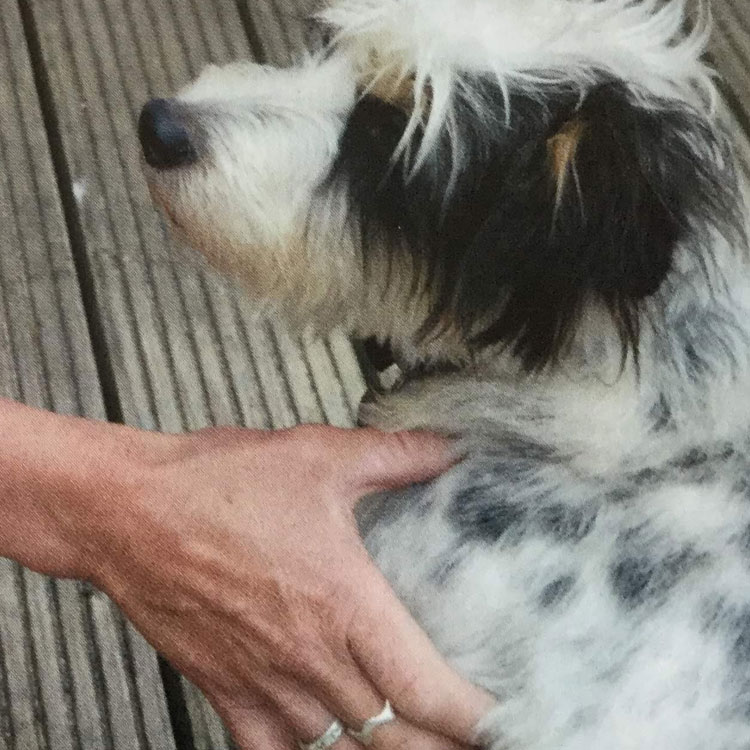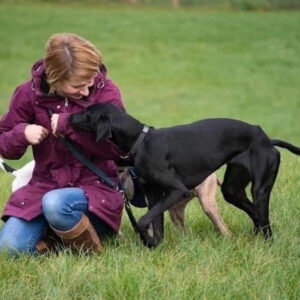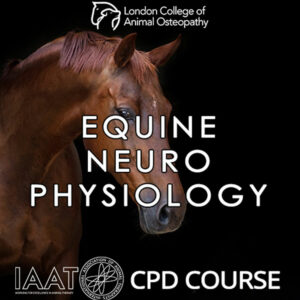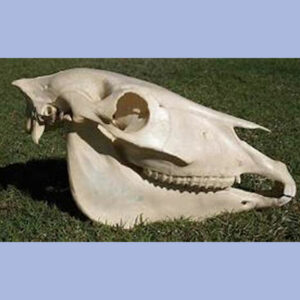- Sorry, this product cannot be purchased.
McLoughlin Canine Scar Tissue Release
The skin is the largest organ of a dog and even though it is composed of very tough, elastic fibres and covers the entire dog it will vary in thickness.
It is thicker over areas exposed, such as the footpads, nose, dorsal and lateral surfaces. Skin covering the earflaps, thorax, ventral surface and medial aspects of the legs is thinner. As the dogs skin is thinner than humans it is more prone to damage via injury and rough handling.
Scars have the potential for creating both a physiological and psychological impact on the dog. Scars can be the result of cuts, incisions, surgery and also from tears due to injury or trauma. This could also include everyday activities as well as sports and working injuries. Depending on the breed of the dog some are used for agility, flyball, life saving, carting and hunting. Such activities could cause overuse injuries resulting in scar tissue. It may be hidden from sight as internal scarring or even hidden by the fur.
For some, it can mean long term effects on:
- neural pathways
- range of movement
- blood and lymph flow
- emotional and psychological levelsSome dogs will naturally scar worse than others and Scar tissue may impact with the energetic flow throughout the body. Research suggests that scar tissue can affect therapeutic outcomes.
MSTR® for dogs may help address this and be the tool that transforms your treatment; resulting in long lasting results and enhancing your clinic
Scar Treatment for Dogs – Watch the video here
*CPD Certificates will only be issued if requested*
